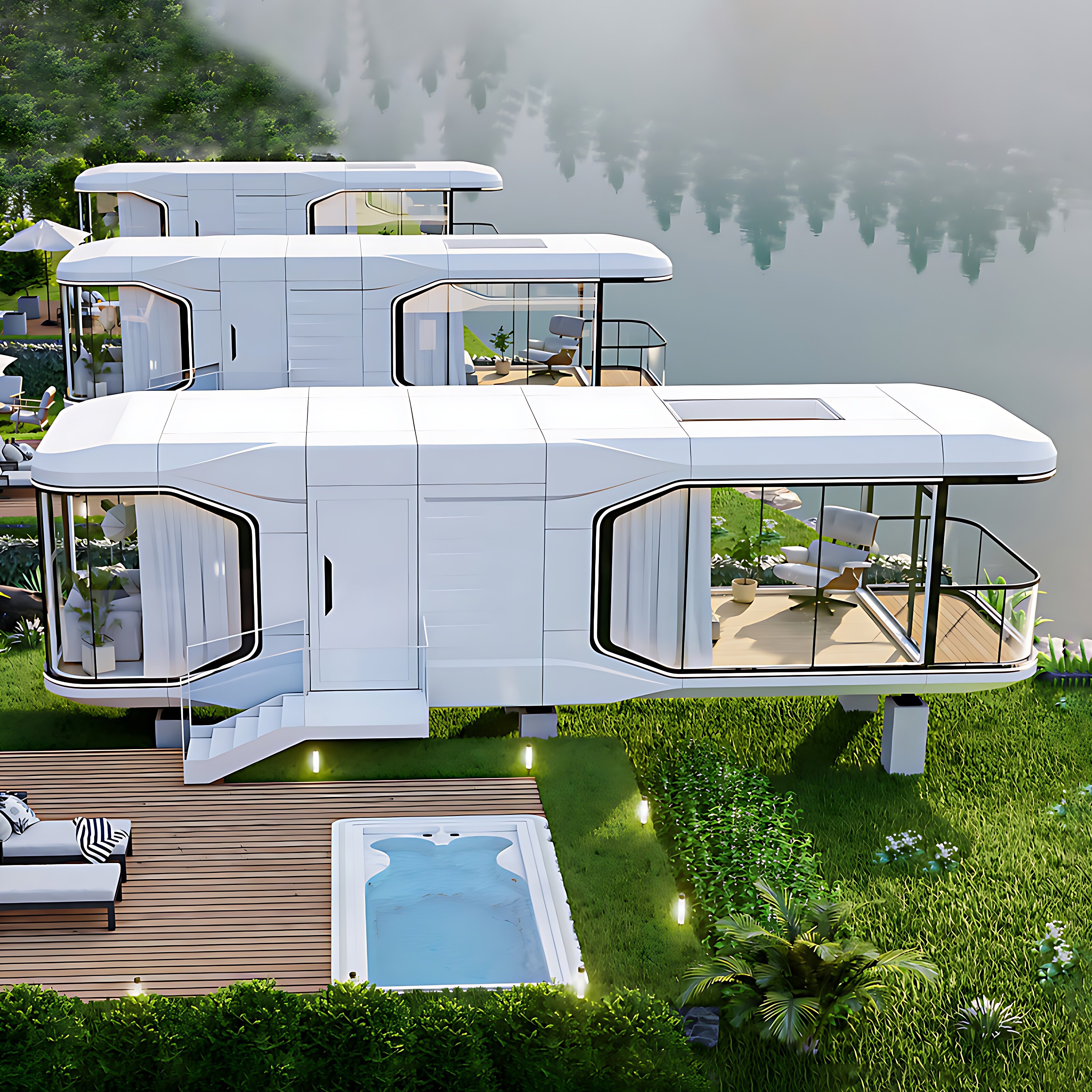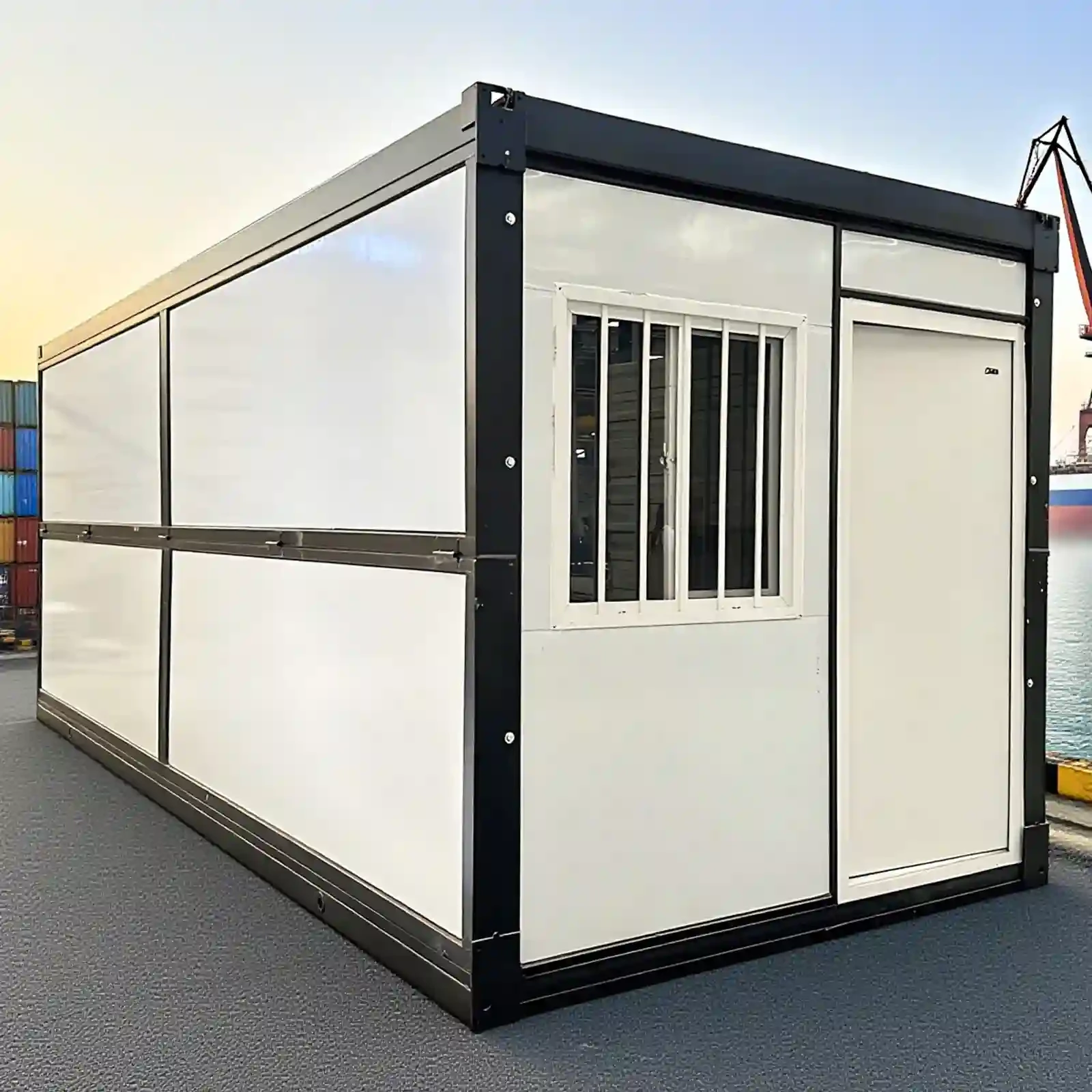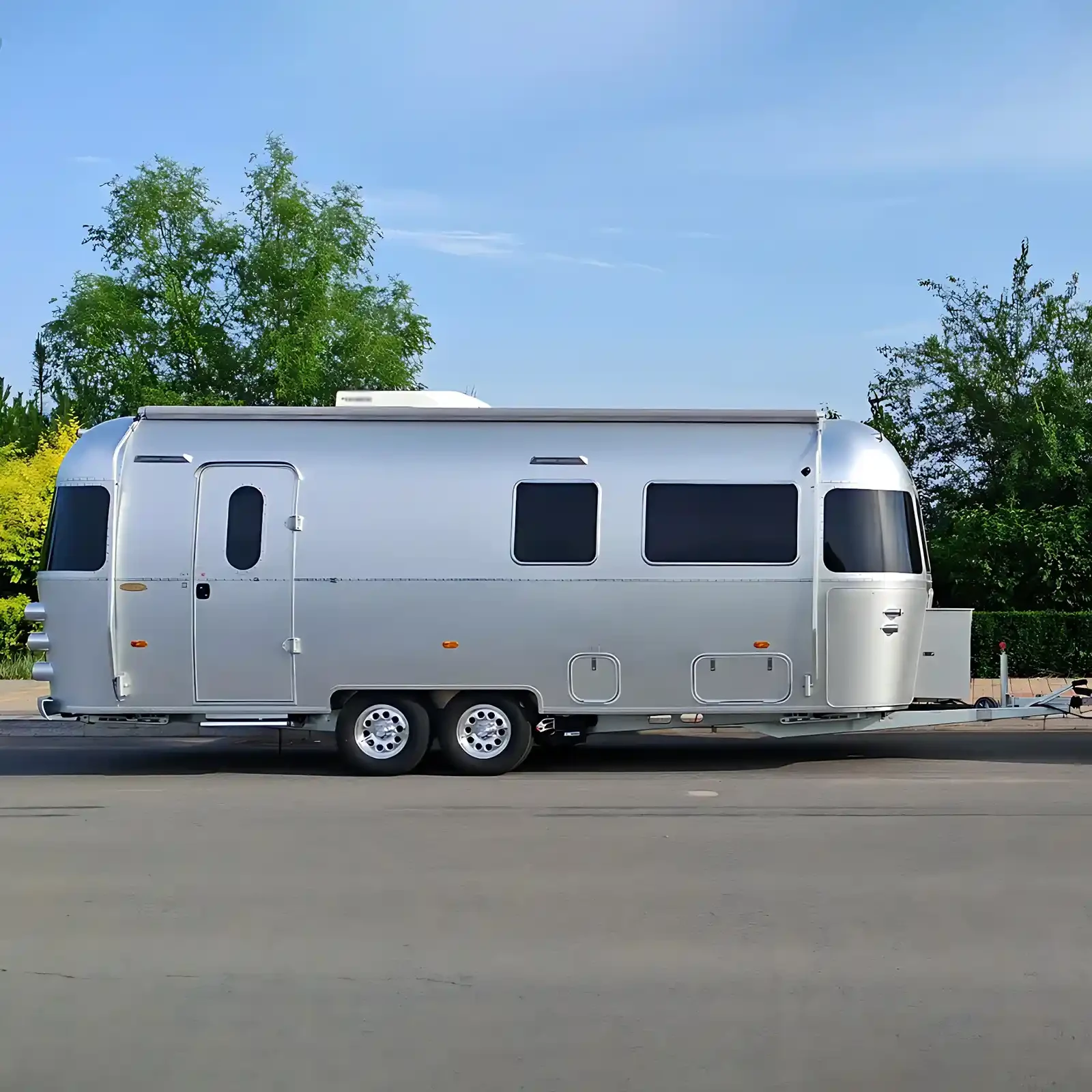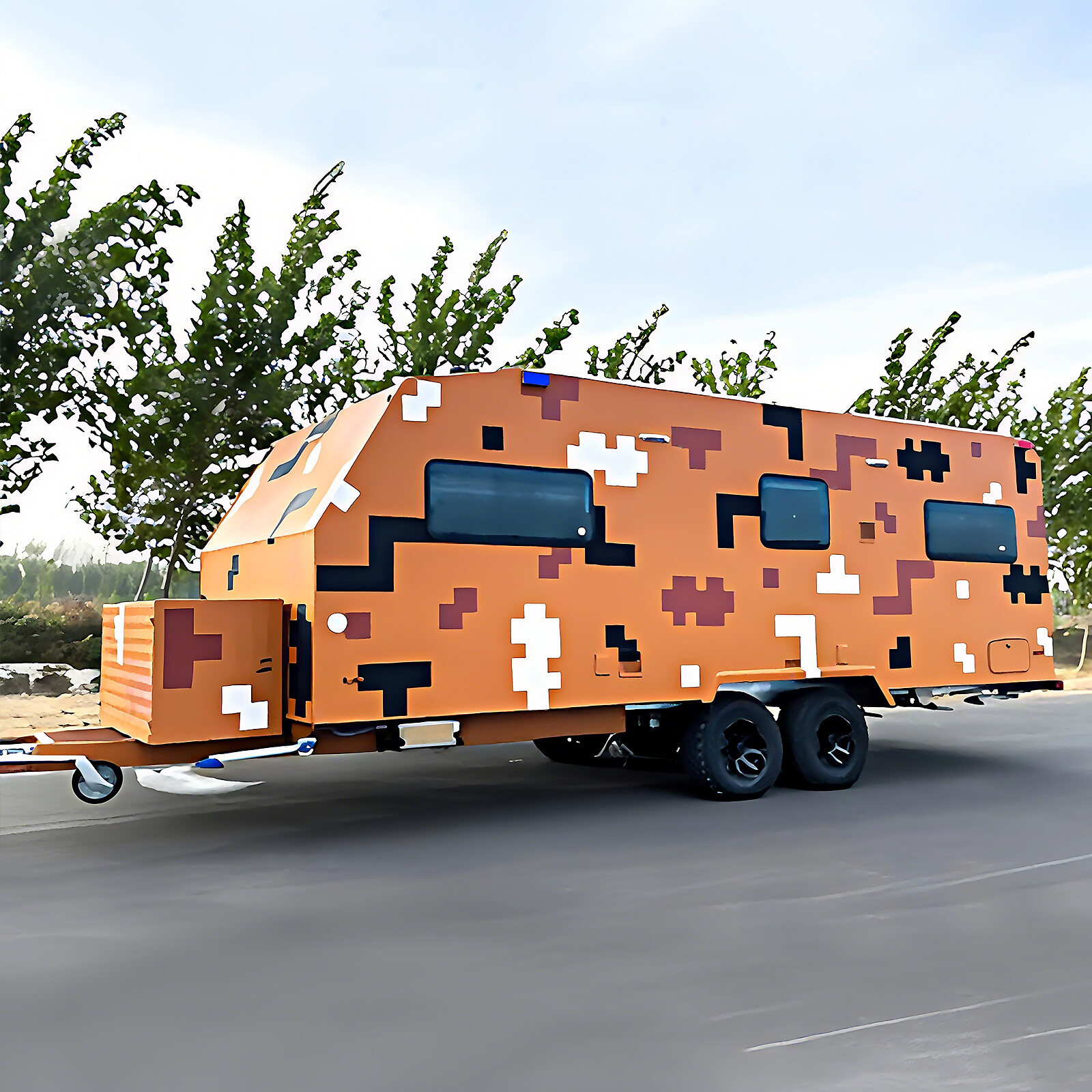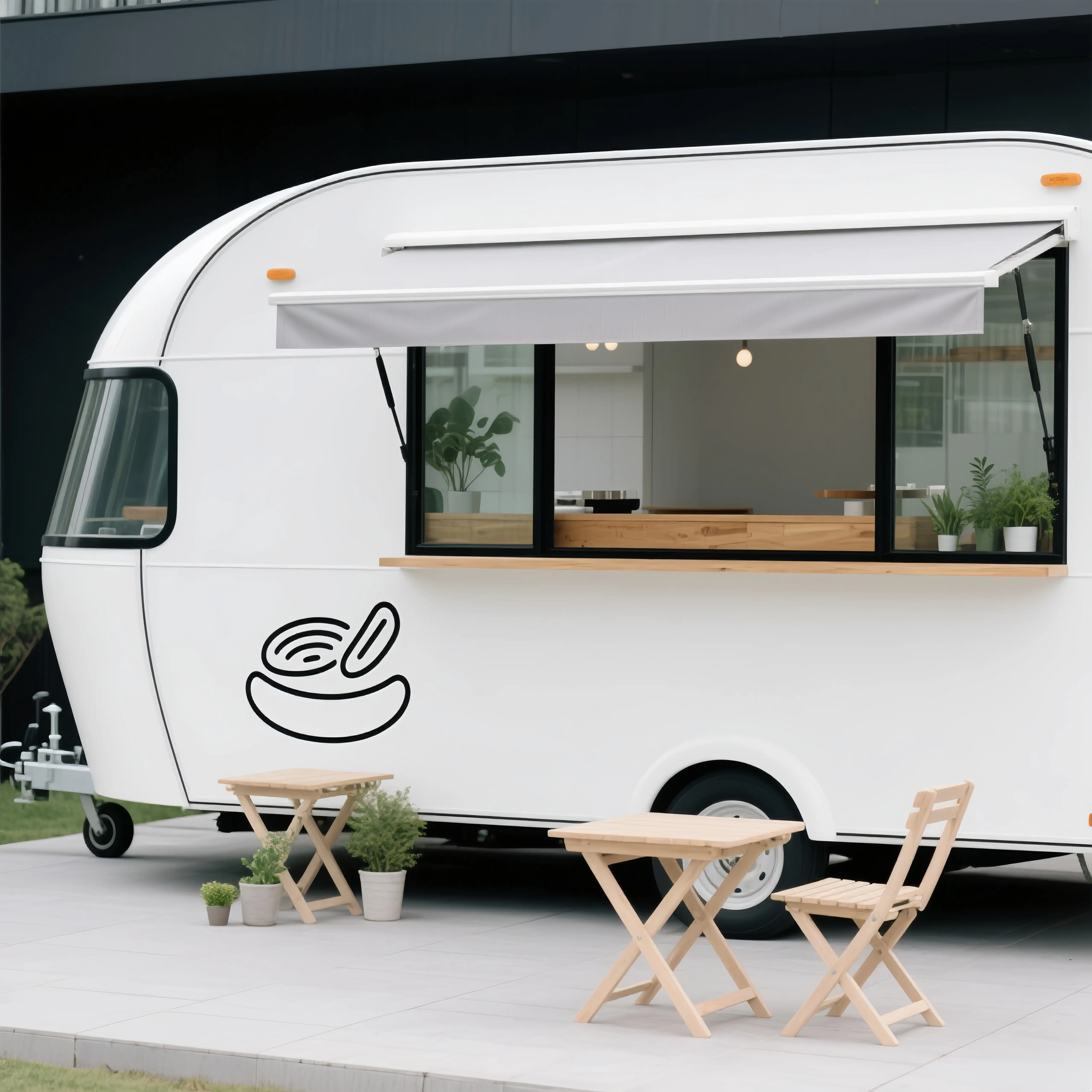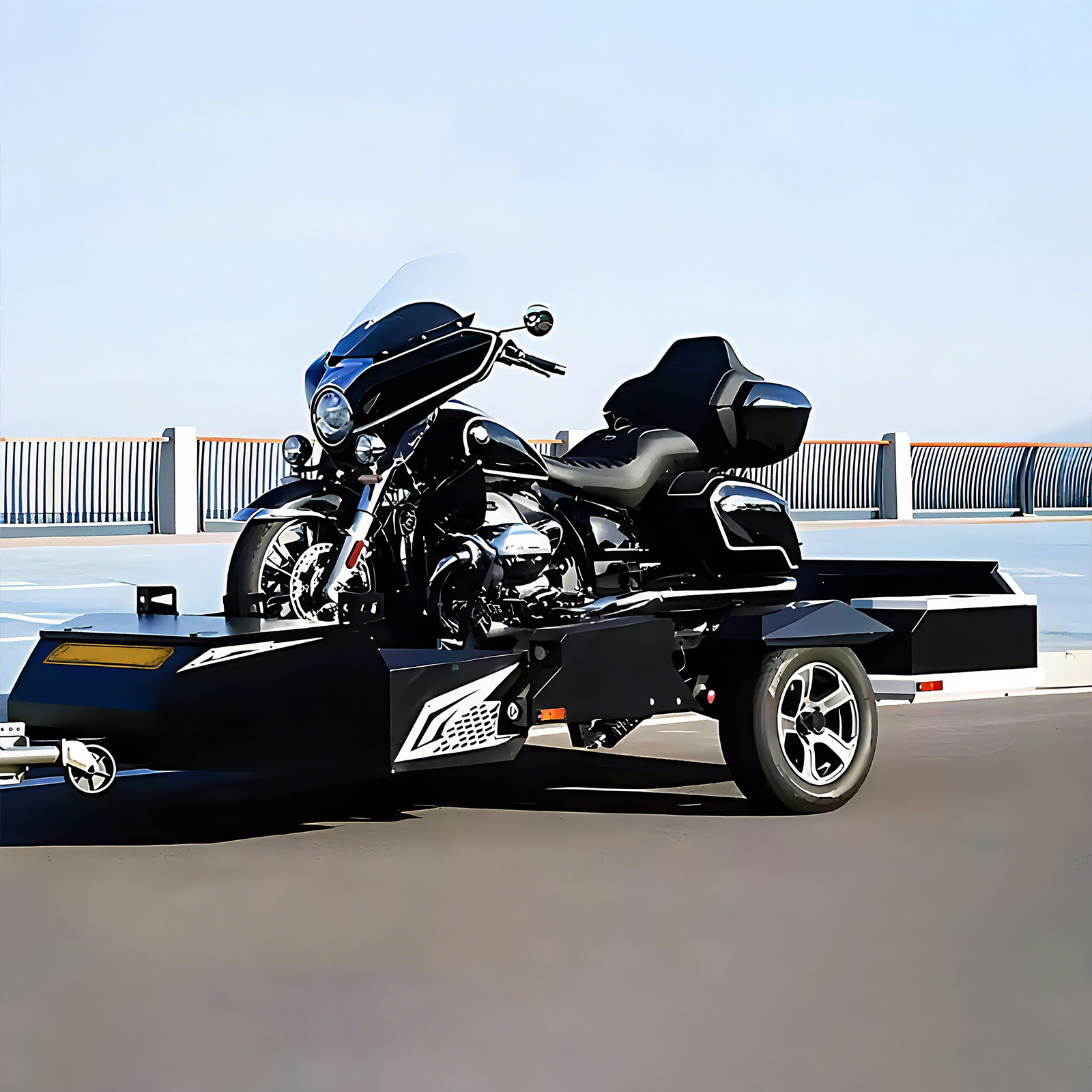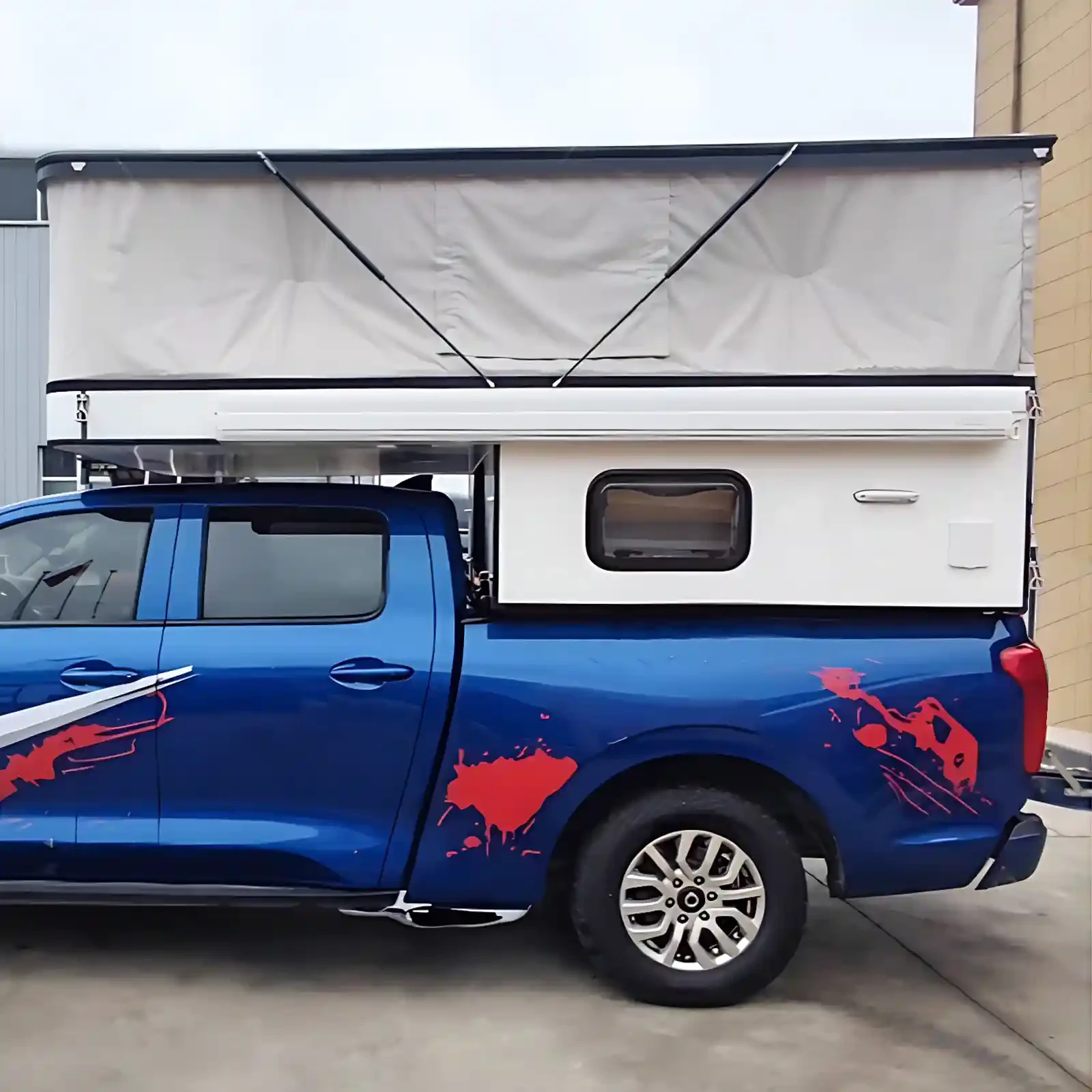In the unique outdoor environment, outdoor space capsules must provide residents with a comfortable experience similar to that of indoor space. Creating an appropriate temperature and humidity environment is crucial. This not only affects the comfort of the residents but also has a significant impact on the normal operation of the equipment within the capsule and the service life of the capsule.
Efficient thermal insulation measures
Selection and application of cabin materials
Wall materials with superior thermal insulation: A space capsule's wall materials are the first line of defense against heat and insulation. Currently, many space capsules use polyurethane sandwich panels as their wall materials. Polyurethane has an extremely low thermal conductivity, typically between 0.02 and 0.025 W/(m・K). Compared to traditional building materials such as red brick (which has a thermal conductivity of approximately 0.5 to 0.7 W/(m・K)), its thermal insulation performance is dozens of times higher. This material effectively blocks heat transfer, preventing high temperatures from entering the cabin during the hot summer months and preventing heat from escaping during the cold winter months. For example, during high summer temperatures, the temperature inside a space capsule using polyurethane sandwich panels can be 5 to 8°C lower than the outside temperature, significantly reducing the cooling load on the air conditioning system.
High-performance door and window glass: Door and window glass also plays a vital role in the space capsule's thermal insulation. Using double- or triple-layer insulating glass filled with an inert gas (such as argon) can significantly improve the glass's thermal insulation performance. The air layer or inert gas layer within the insulating glass effectively blocks heat conduction and convection, improving its insulation performance by approximately 30% to 50% compared to ordinary single-layer glass. Furthermore, applying a low-emissivity (Low-E) coating to the glass surface reflects infrared radiation from both indoor and outdoor sources, further reducing heat transfer. For example, a space capsule equipped with Low-E insulating glass can effectively maintain indoor temperature in winter, reducing heating energy consumption; in summer, it blocks solar heat from entering the cabin, reducing air conditioning power consumption.
Thermal insulation structure design optimization
Reasonable capsule shape and orientation: The shape and orientation of a space capsule have a certain impact on its thermal insulation performance. Generally speaking, spherical or elliptical capsules have an advantage in reducing heat absorption. These capsules have a relatively small surface area, which can reduce the heat exchange area with the external environment. At the same time, the capsule should be oriented appropriately to maximize sunlight reception in winter, increasing solar energy absorption, while minimizing direct sunlight in summer to reduce the entry of solar radiant heat. For example, in the Northern Hemisphere, the capsule's main light-receiving surface should face due south. This will fully utilize sunlight to increase the cabin temperature in winter, while shading measures can reduce sunlight exposure in summer to keep the cabin cool.
Application of thermal insulation technology: In the structural design of space capsules, the use of thermal insulation technology can effectively prevent the thermal bridge effect. Thermal bridging refers to the rapid transfer of heat through certain parts of the capsule due to differences in thermal conductivity between different materials, resulting in heat loss or gain. By installing thermal insulation in areas prone to thermal bridging, such as metal frames, or by connecting metal components with highly insulating plastic or rubber materials, this can cut off the heat transfer path and improve the overall thermal insulation performance of the capsule. According to tests, space capsules using thermal insulation technology can reduce heat loss by 15%-20%.
Precise temperature control system
Configuration and operation of high-efficiency air conditioning system
Choosing an energy-efficient air conditioner: To precisely regulate the temperature inside a space capsule, it's crucial to choose an energy-efficient air conditioning system. Currently, inverter air conditioners are widely used in space capsules. By intelligently adjusting the compressor speed, inverter air conditioners automatically adjust cooling or heating power based on changes in cabin temperature, saving 30%-40% energy compared to fixed-speed air conditioners. For example, in the summer, when the cabin temperature approaches the set point, the inverter air conditioner's compressor speed decreases, reducing cooling power to maintain a stable cabin temperature. This avoids the increased energy consumption and temperature fluctuations associated with the frequent start-stop cycles of fixed-speed air conditioners.
Intelligent Control of the Air Conditioning System: Using an intelligent control system to manage the air conditioning system can further improve temperature regulation accuracy and energy efficiency. This intelligent control system can implement zoned control based on the temperature requirements of different areas within the capsule. For example, different temperature setpoints can be set for the living and sleeping areas to meet the comfort needs of occupants during different activity levels. Furthermore, using sensors to monitor real-time parameters such as cabin temperature, humidity, and ambient temperature, the air conditioning system can automatically adjust its operating mode and parameters to ensure the cabin temperature remains within a comfortable range. For example, if the outside temperature suddenly rises, the intelligent control system can promptly adjust the cooling capacity of the air conditioner to quickly reduce the cabin temperature and provide a comfortable living environment.
Synergy of auxiliary heating and ventilation systems
Auxiliary heating equipment: In cold seasons or regions, air conditioning alone may not be enough to meet the space capsule's heating needs. Auxiliary heating equipment is particularly important in these situations. Electric heaters and water heating systems are common auxiliary heating devices. Electric heaters offer advantages such as fast heating speed and flexibility, quickly raising the cabin's local temperature. Water heating systems, on the other hand, circulate hot water through pipes to achieve uniform heating, providing stable and comfortable heating. For example, in some outdoor space capsules in northern regions, water heating systems are installed as the primary heating method, supplemented by electric heaters for localized heating. This effectively combats severe cold weather and ensures warmth and comfort within the cabin.
Optimizing the ventilation system: A good ventilation system not only regulates cabin air quality but also aids in temperature regulation. In summer, the ventilation system draws in cool air from the outside and exhausts hot air from the cabin, lowering the cabin temperature and reducing air conditioning usage and energy consumption. In winter, proper ventilation volume control prevents excessive cold air from entering the cabin, which can lead to heat loss, while ensuring the freshness of the cabin air. For example, an intelligent ventilation control system can automatically adjust the operating status of ventilation equipment based on parameters such as cabin temperature, humidity, and air quality, achieving coordinated optimization of ventilation and temperature regulation.
Scientific humidity control methods
Humidity monitoring and control system
Application of high-precision humidity sensors: Precisely regulating humidity within a space capsule requires accurate monitoring of humidity changes. High-precision humidity sensors installed within the space capsule can measure humidity levels in real time and transmit this data to the control system. Currently, commercially available humidity sensors offer an accuracy of ±2% to ±3% RH, meeting the humidity monitoring requirements of space capsules. For example, if the cabin humidity exceeds the comfortable range (typically 40% to 60% RH), the humidity sensor can promptly provide feedback to the control system, activating appropriate humidity adjustment devices.
Intelligent Humidity Control Algorithm: The control system uses intelligent control algorithms to control humidity control devices based on data from humidity sensors. Common control algorithms include PID control. These algorithms precisely adjust parameters such as the operating time and power of humidifiers and dehumidifiers to maintain cabin humidity within a set comfortable range. For example, when cabin humidity falls below 40% RH, the control system automatically activates the humidifier and adjusts the humidification rate based on the humidity deviation. When the humidity reaches the set value, humidification automatically stops, achieving precise humidity control.
Reasonable use of humidifiers and dehumidifiers
Choosing and Using a Humidifier: In dry environments, a humidifier can increase cabin air humidity and improve comfort. Choose a humidifier with the appropriate power based on the size of the capsule and the required humidity. For example, for a small capsule, an ultrasonic humidifier with a power between 100 and 300W can be used. This uses high-frequency vibrations to atomize water into tiny particles, which are evenly dispersed throughout the air, increasing humidity. When using a humidifier, it's important to clean it regularly to prevent bacterial growth and air quality degradation. Furthermore, an intelligent control system can automatically adjust the humidifier's operating status based on changes in cabin humidity to avoid excessive humidity caused by over-humidification.
Dehumidifier Configuration and Operation: In humid environments, dehumidifiers are critical for regulating humidity. Condensing or rotary dehumidifiers are generally used in space capsules. Condensing dehumidifiers use a refrigeration system to cool the air below the dew point, causing water vapor to condense into droplets and be discharged, thereby reducing humidity. Rotary dehumidifiers use a moisture-absorbing rotor to absorb moisture from the air. A regeneration system then removes the moisture from the rotor, achieving continuous dehumidification. The power and number of dehumidifiers should be appropriately configured based on the humidity of the space capsule's environment. For example, during the rainy season in southern China, when humidity is high, the dehumidifier's operating time and power can be appropriately increased to ensure a comfortable cabin humidity and prevent problems such as mold and rust on metal components caused by excessive humidity.
Outdoor space capsules create a comfortable living environment through efficient thermal insulation, precise temperature regulation, and scientific humidity control methods. The combined application of these technologies and measures not only enhances the occupant experience but also provides strong support for the widespread application of outdoor space capsules in various environments. With the continuous advancement of technology, more advanced technologies will be applied to the temperature and humidity regulation of outdoor space capsules in the future, further improving their comfort and energy efficiency.

 USD
USD
 GBP
GBP
 EUR
EUR
